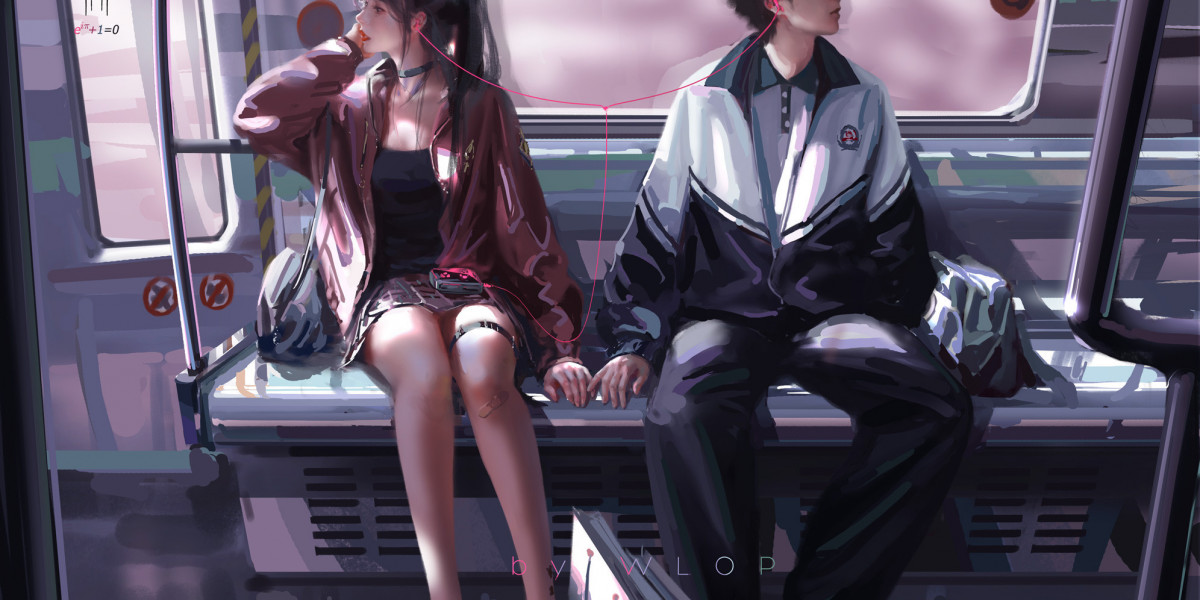Unlocking the Secrets: Master Your 3D Printing Troubles Like a Pro!
3D printing technology has revolutionized various industries, from manufacturing to healthcare, allowing for rapid prototyping and custom solutions. However, despite its innovative potential, users frequently encounter challenges that can hinder successful prints. Whether you're a hobbyist or a professional, understanding how to troubleshoot these common 3D print issues is crucial for achieving high-quality results and enhancing your overall experience. Mastering the art of problem-solving not only saves you time and materials but also boosts your confidence in using this exciting technology. In this article, we'll explore the prevalent problems faced during 3D printing and the effective strategies to overcome them.
Understanding Common 3D Print Issues
Throughout the 3D printing journey, users often face a range of issues that can compromise the quality of their prints. Among these, warping is one of the most common problems, where the edges of the print lift off the build plate, leading to distortion. Layer adhesion issues also plague many enthusiasts, resulting in weak and fragile structures that fail to meet expectations. Additionally, nozzle clogging can bring the printing process to a halt, causing frustration for users. These issues not only affect the aesthetic appeal of the printed objects but can also impact their functionality and strength. By familiarizing yourself with these challenges, you can better prepare to tackle them head-on.
Warping: Causes and Solutions
Warping occurs when the layers of a print cool and contract at different rates, causing the material to pull away from the build plate. Key factors contributing to warping include insufficient bed adhesion, temperature fluctuations, and material choice. To combat warping, start by ensuring proper bed adhesion. Techniques like using a heated bed, applying adhesive agents, or utilizing specialized build surfaces can significantly improve adhesion. Additionally, maintaining a consistent temperature in your printing environment helps reduce the chances of warping. If you're printing with materials prone to warping, such as ABS, consider using a higher bed temperature and enclosing the printer to minimize drafts and temperature changes.
Layer Adhesion Issues
Layer adhesion issues arise when the layers of a printed object do not bond properly, leading to weak points that can compromise the final product. Common causes of poor layer adhesion include incorrect temperature settings, high print speeds, and inadequate extrusion. To enhance layer adhesion, ensure that your nozzle temperature is set appropriately for the filament being used—higher temperatures often lead to better bonding. Slowing down the print speed can also give layers more time to fuse together effectively. Additionally, consider adjusting the extrusion multiplier to ensure the right amount of filament is being deposited, leading to a more robust and cohesive print.
Nozzle Clogging: Prevention and Fixes
Nozzle clogging is a frustrating issue that can interrupt the printing process and lead to incomplete prints. This can occur due to a variety of reasons, including debris in the filament, incorrect temperature settings, or using low-quality materials. To prevent clogs, always use high-quality filament and keep your nozzle clean. Regular maintenance, such as purging the nozzle with cleaning filament or performing cold pulls, can help remove any buildup. If you do encounter a clog, start by heating the nozzle to the recommended temperature for your filament, then gently push a small amount of filament through to clear any blockage. For stubborn clogs, disassembling the hotend may be necessary to access and clean the nozzle directly.
Other Common Issues
In addition to the major problems discussed, several other common 3D printing issues can arise. Stringing occurs when filament oozes from the nozzle during travel moves, resulting in unwanted threads on the print. To minimize stringing, reduce the travel speed and enable retraction settings in your slicer software. Under-extrusion, where not enough filament is being deposited, can lead to gaps in the print; this can be addressed by checking for clogs and adjusting the extrusion multiplier. Conversely, over-extrusion results in excess filament, leading to blobbing and poor surface finish, which can be corrected by lowering the extrusion multiplier. Understanding these additional issues and their solutions will further enhance your 3D printing proficiency.
Effective Strategies for Resolving 3D Printing Challenges
In summary, navigating the world of 3D printing requires patience and a solid understanding of common issues that can arise during the process. From warping and layer adhesion problems to nozzle clogs and other challenges, being equipped with the right troubleshooting techniques can significantly enhance your printing experience. By applying the insights and solutions discussed in this article, you can tackle these challenges efficiently and create high-quality prints that reflect your skills and creativity. Embrace the learning journey, and remember that every problem solved is a step towards mastery in the fascinating realm of 3D printing.








